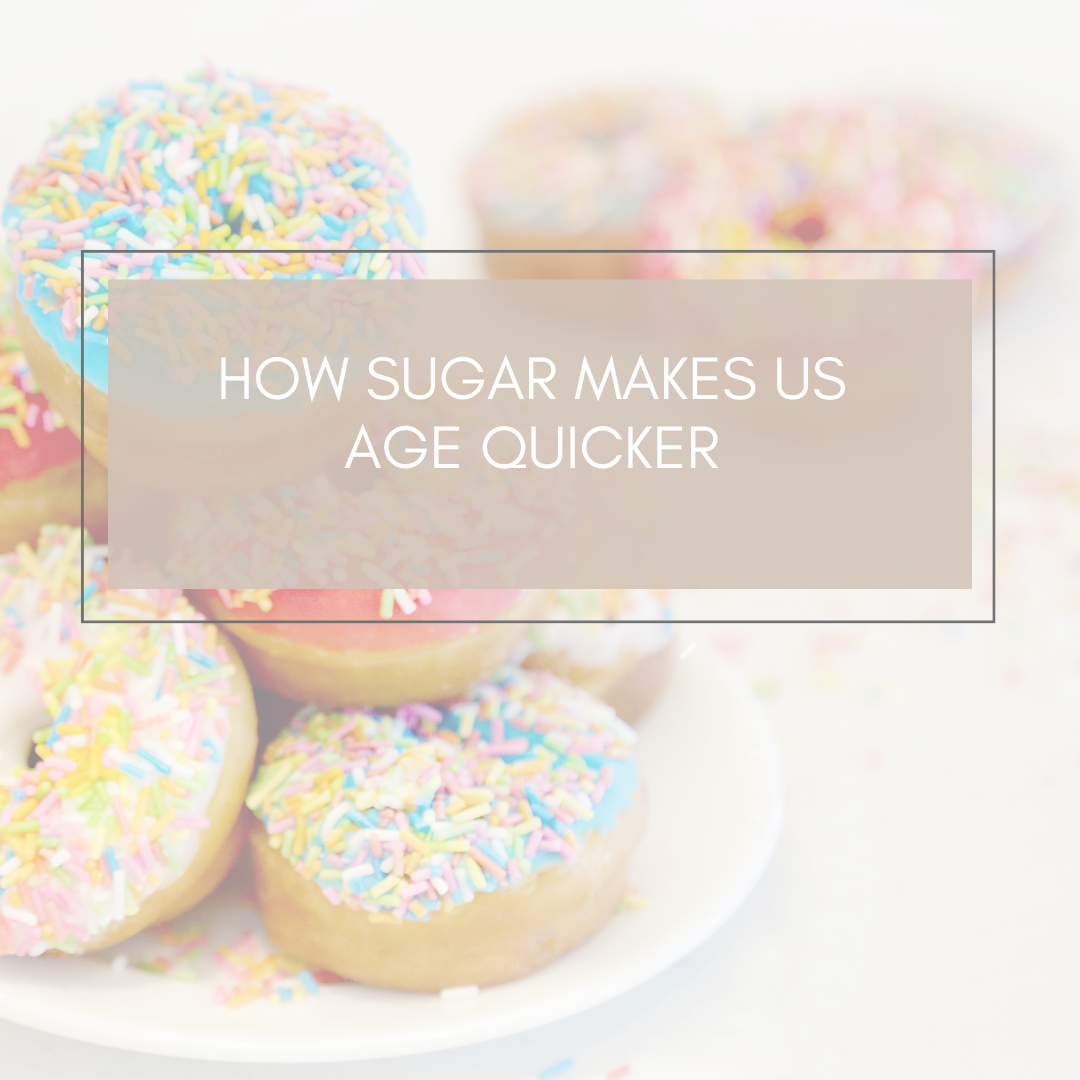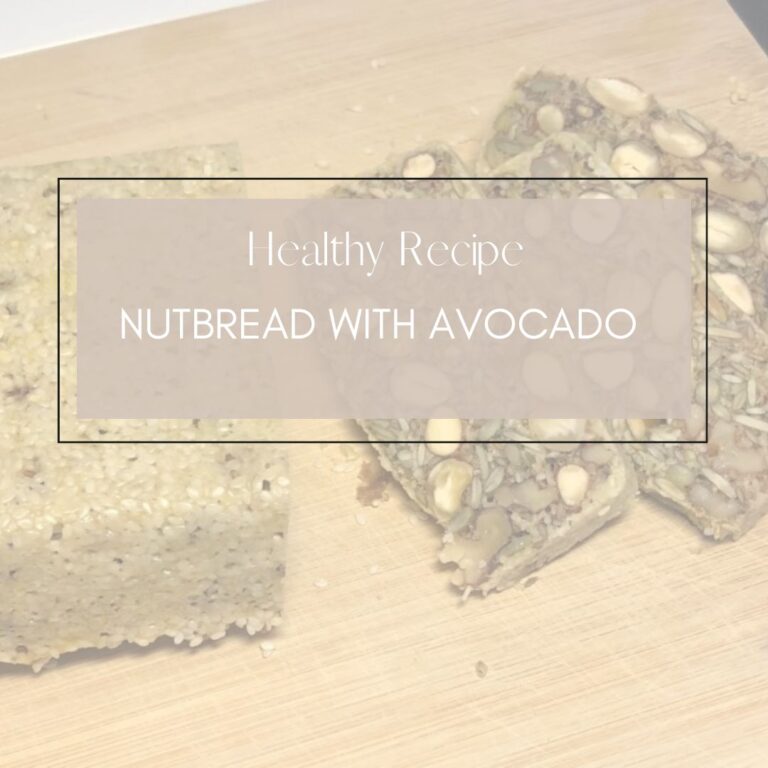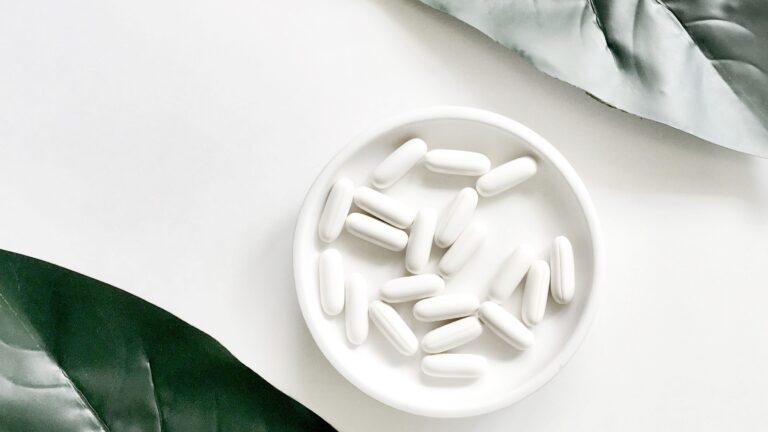Did you know that high blood sugar can speed up the aging process and actually destroy collagen?
High blood sugar lead to a process called glycation and this process is the reason why sugar makes us age quicker.
What is glycation?
Glycation means that sugar react with protein. Blood sugars (glucose, fructose) can stick to your cells and tissues and damage them, especially if blood sugar levels are higher than normal. This process is called glycation.
In the case of the skin, the protein collagen, is destroyed when it is exposed to glycation. Collagen becomes less elastic and ages faster.
This is the process that occurs when tissues are damaged in diabetics. Proteins are destroyed by sugar molecules and the tissue damaged and the function is destroyed. You may have heard that in diabetics this may occur in the eye, kidneys, limbs and other tissues.

Advanced glycation end products – AGE’s.
Advanced glycation end products (AGE) AGE is the product of glycation. As levels rise, the body’s ability to repair the glycation fails and AGEs are formed. This a permanent injury that is deforming the affected cell or tissue. AGE’s formed in the body when the blood sugar levels are high.
We also get AGE from our food. It is formed during cooking at high temperatures. AGE causes harmful processes in the body, e.g. inflammation and oxidative stress. Over time, this can set the stage for the development of many serious health conditions, including diabetes and heart disease.
Factors that trigger glycation are whatever causes a rise in blood sugar:
- Sugar (sweets, chocolate, snacks, baked goods etc.)
- Fast food and processed foods
- A high intake of fast carbohydrates from the diet
- Consuming a high-carbohydrate diet is the main driving factor for glycation and AGE accumulation in the body.
Even though you may not be able to notice a difference in you skin, maintaining a high blood sugar level over time may have an affect on skin appearance.
Here’s what you can do to keep your blood sugar levels balanced:
- Eating a low carbohydrate diet with good quality fat and protein.
- Eat protein, fat and fibre together with a carbohydrate rich meal.
- When you eat foods with carbohydrates, aim to replace starchy and sugary carbohydrates (called “white” carbohydrates such as sugar, pasta, wheat, rice etc.) with vegetables such as broccoli, brussel sprouts, cauliflower, asparagus, cabbage, kale, carrots, sweet potatoes etc. This is great from a nutrition point of view, but also to balance blood sugar levels.
- Exercise! When you exercise, the glucose is used up as energy and the blood sugar levels go down. Also, muscles work as storage for glucose, so a larger muscle volume is better for keeping blood glucose balanced.
Nutrition Matters Skin –
Your complete guide to beautiful skin from within!











